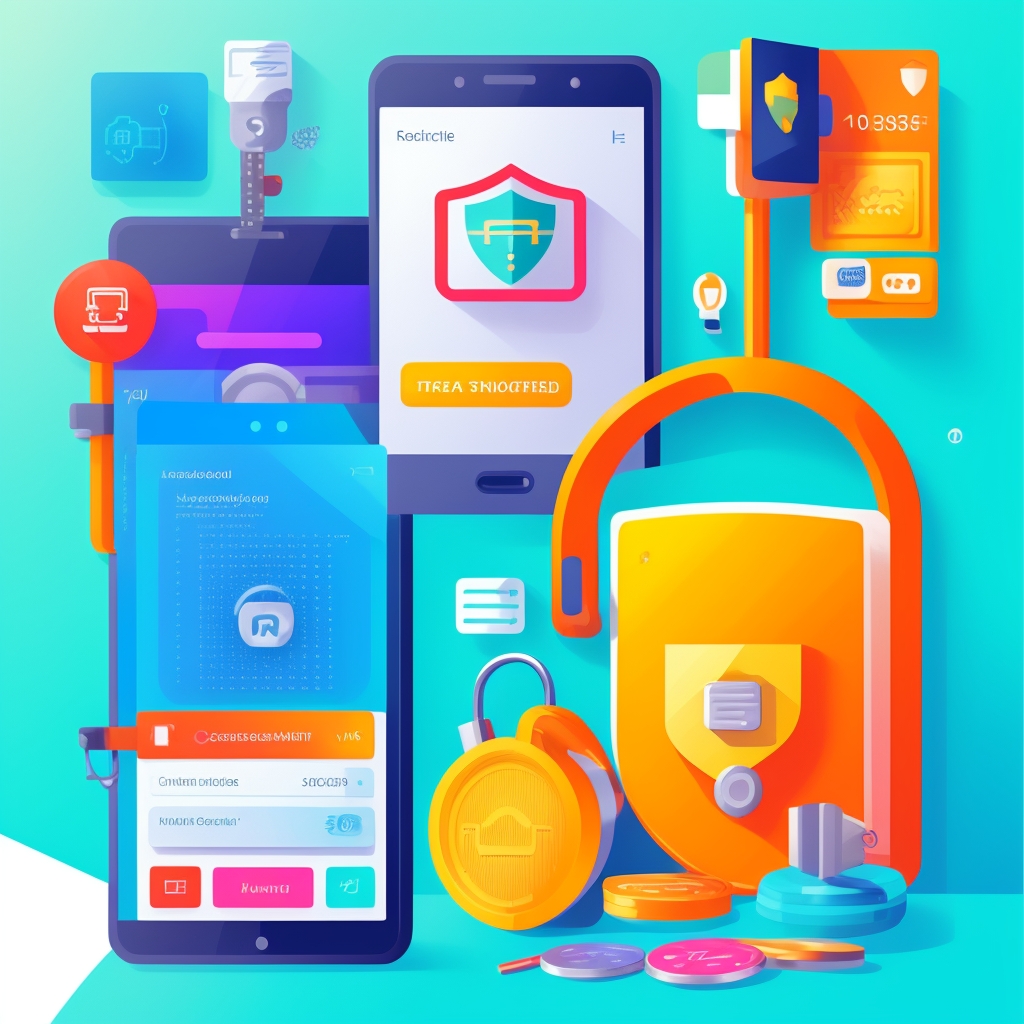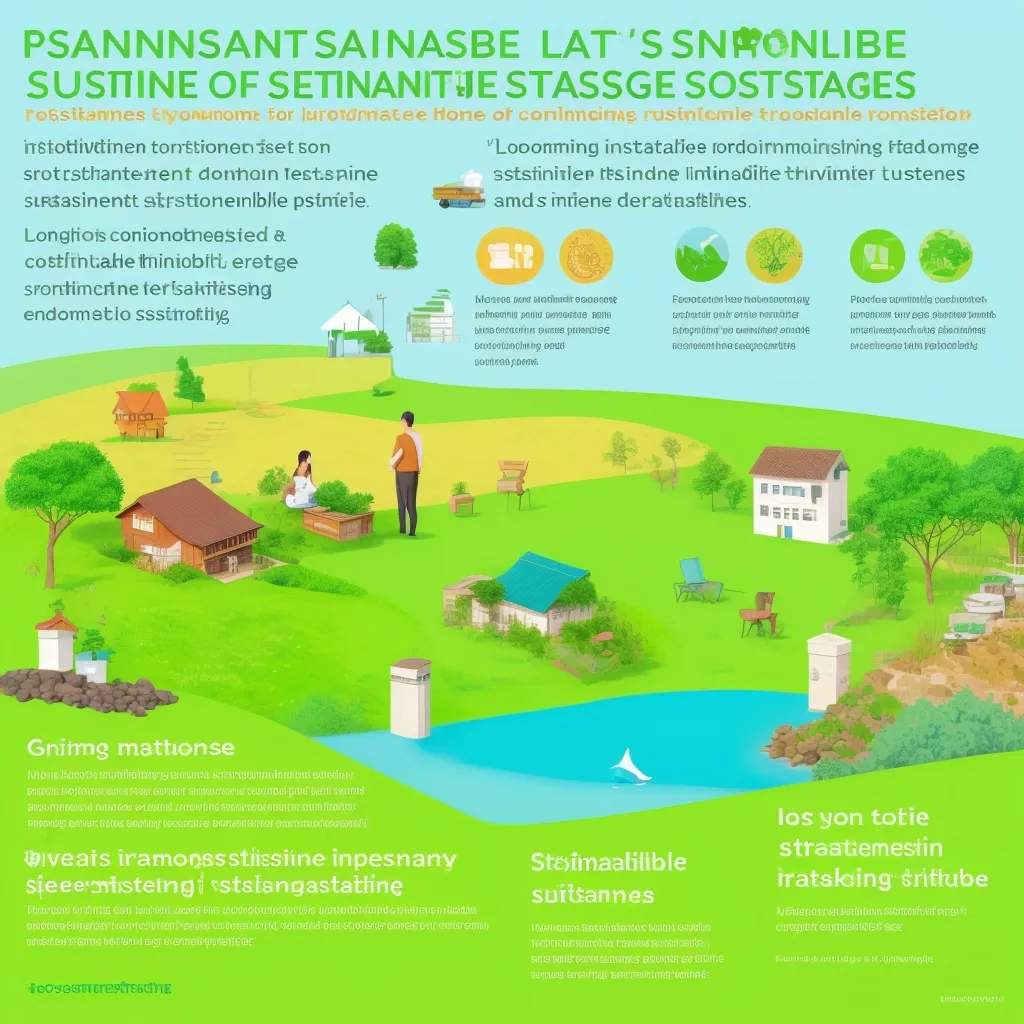14 Tips for Implementing Multi-Factor Authentication Like a Pro
Hey there! If you’re looking to bolster your security game, diving into advanced measures like multi-factor authentication (MFA) is, unequivocally, a smart move. I’ve spent years immersed in proactive fraud prevention, and honestly, I’m thrilled to share some practical, real-world tips that have made a tangible difference for me and could absolutely do the same for you. So, let’s dive in!
Tip 1: Start with High-Risk Areas
Begin by implementing MFA where the stakes are highest. This often includes financial accounts, your primary email, and any system that holds sensitive personal data. What’s interesting is that while we talk a lot about sophisticated attacks, the fundamentals often remain the weakest link. The 2024 Verizon Data Breach Investigations Report (DBIR) highlights that stolen credentials were the initial action in 24% of breaches, and overall, the “human element” (including errors and social engineering leading to credential compromise) accounts for a staggering 68% of breaches. Start here to make the biggest, most immediate impact.
Tip 2: Use SMS Sparingly
While SMS-based authentication is certainly better than nothing, it’s important to acknowledge it’s not the most robust option. Unfortunately, SIM swapping attacks have surged dramatically; the UK’s Cifas reported a staggering 1,055% increase in 2024 alone. Imagine the frustration: a criminal convinces your mobile carrier to transfer your number to their SIM, and suddenly, every SMS-based verification code meant for you lands directly in their hands. This is why I always recommend opting for app-based authenticators or, even better, hardware tokens when at all possible.
Tip 3: Empower Your Team with Knowledge
I’ve found that truly educating your team about why MFA is crucial can dramatically drive adoption. Don’t just mandate it; share compelling stories or real-world examples of breaches and how a robust MFA strategy could have prevented them. The more they understand the genuine risk and the protective power of MFA, the more they’ll buy in and become active participants in your security posture. After all, the “human element” is involved in a significant portion of breaches.
Tip 4: Integrate with Single Sign-On (SSO)
Integrating MFA with Single Sign-On (SSO) systems is a really clever technique to streamline user access while maintaining top-tier security. From my perspective, this isn’t just about convenience; it significantly reduces the number of passwords users need to manage, which can brilliantly cut down on that insidious “security fatigue” that often leads to risky behaviors.
Tip 5: Lock Down Privileged Accounts
This is a non-negotiable. Focus on accounts with administrative privileges first, always. These are prime targets for attackers because they offer the keys to your entire kingdom. Locking them down with strong MFA can prevent unauthorized access to your most critical systems, mitigating potentially catastrophic damage. It’s a foundational step.
Tip 6: Prioritize User-Friendly Solutions
Here’s the thing though: balancing security with usability is paramount. Choose MFA solutions that are genuinely easy to use, or you risk significant pushback from users. A complicated, clunky process will inevitably lead to frustrating workarounds, like users trying to bypass the system or, worse, writing down codes, which completely defeats the purpose of implementing MFA in the first place. You want adoption, not avoidance.
Tip 7: Regularly Update Your MFA Methods
Security is an ever-evolving battlefield; it’s a dynamic landscape, not a static defense. Regularly review and update your MFA methods to ensure they remain effective against emerging threats. Frankly, I’ve seen too many systems compromised because they relied on outdated technologies or methods that attackers had long since figured out how to bypass. Staying current isn’t just good practice; it’s essential for survival.
Tip 8: Implement MFA for Remote Access
With remote work firmly established – over half of U.S. employees now work in hybrid environments and 27% fully remote – securing remote access with MFA is more critical than ever. It’s a frustrating reality that remote work often expands the attack surface, making endpoint security paramount. MFA on remote access points prevents unauthorized access from compromised devices outside your network, which is a common vector for breaches.
Tip 9: Monitor and Adapt Continuously
Keep a keen eye on the effectiveness of your MFA implementation. Use analytics to understand how often MFA is triggered, where users might be struggling, and adapt your strategies accordingly. For instance, are you seeing an unusual spike in failed MFA attempts from a specific region? That’s a red flag. This continuous monitoring is what transforms a static security measure into a truly dynamic defense. For more insights, checking out essential bank monitoring practices is always a good idea.
Tip 10: Involve Stakeholders Early
Engaging key stakeholders early in the process isn’t just good politics; it’s a strategic imperative. Their buy-in can smooth the implementation process significantly and ensure that necessary resources – be it budget, personnel, or time – are readily available. A truly collaborative approach, from my experience, almost always results in a more successful and widely accepted rollout.
Tip 11: Provide Robust Support and Resources
Offer ample support and resources to users transitioning to MFA. This can include clear, concise how-to guides, comprehensive FAQs that address common pain points, and dedicated support channels. A little hand-holding and proactive problem-solving go a very long way in ensuring a smooth, less stressful transition for everyone involved.
Tip 12: Encourage Strong Passwords (Still!)
While MFA adds a critical layer of security, strong passwords are still vitally important. MFA is a fantastic second line of defense, but why make it easy for attackers to get past the first? Encourage users to create complex, unique passwords as their initial line of defense. Isn’t it just sensible to make every layer of your security as robust as possible? For more tips on avoiding bank fraud, exploring essential security tips is always beneficial.
Tip 13: Test Your MFA System Regularly
Don’t just set it and forget it. Regularly test your MFA system to ensure it’s working exactly as intended. Simulate various real-world scenarios – from common login attempts to more sophisticated social engineering ploys – to identify potential weaknesses or overlooked vulnerabilities. It’s always, always better to find and fix issues internally before they become exploitable by malicious actors.
Tip 14: Stay Informed, Stay Ahead
The cybersecurity landscape is constantly shifting, with new threats and attack vectors emerging all the time. Staying updated on the latest trends in MFA and broader security is your absolute best defense. Subscribing to reputable industry newsletters, attending webinars, and participating in expert forums can keep you in the loop about everything from new AI-powered phishing techniques to evolving credential stuffing strategies.
Frequently Asked Questions
Question 1: When should advanced security measures like multi-factor authentication be implemented?
Honestly, implement MFA as soon as humanly possible, especially for high-risk accounts. Prioritize systems that handle sensitive data or possess administrative privileges. For comprehensive strategies, our article on preventing bank fraud is a must-read.
Question 2: What’s the best type of MFA to use?
From a security standpoint, app-based authenticators or hardware tokens are generally far more secure than SMS. The “best” choice really depends on your organizational needs and your users’ technical capabilities, but always lean towards the strongest practical option.
Question 3: How can I encourage my team to adopt MFA?
Education and open communication are absolutely key. Show them the tangible importance of MFA with real-world examples of data breaches, and crucially, provide ample resources and support to ease their transition. Make it clear it’s for their protection too.
Question 4: Is MFA alone enough to protect my accounts?
While MFA significantly boosts security—it’s a massive leap forward—it’s not entirely foolproof on its own. Combine it with other robust measures like strong, unique passwords, regular account monitoring, and ongoing security awareness training for the very best results. It’s about a layered defense, not a single silver bullet.
In wrapping up, my top recommendation is to start with the basics, get them right, and then diligently build from there. Don’t try to implement everything at once; prioritize, educate your users, and adapt your strategies as needed based on monitoring and evolving threats. With the right thoughtful and proactive approach, MFA can truly be a game-changer in fortifying your security strategy.
Happy securing!
Tags: #MultiFactorAuthentication #Cybersecurity #FraudPrevention #AccountSecurity #2025SecurityTrends








